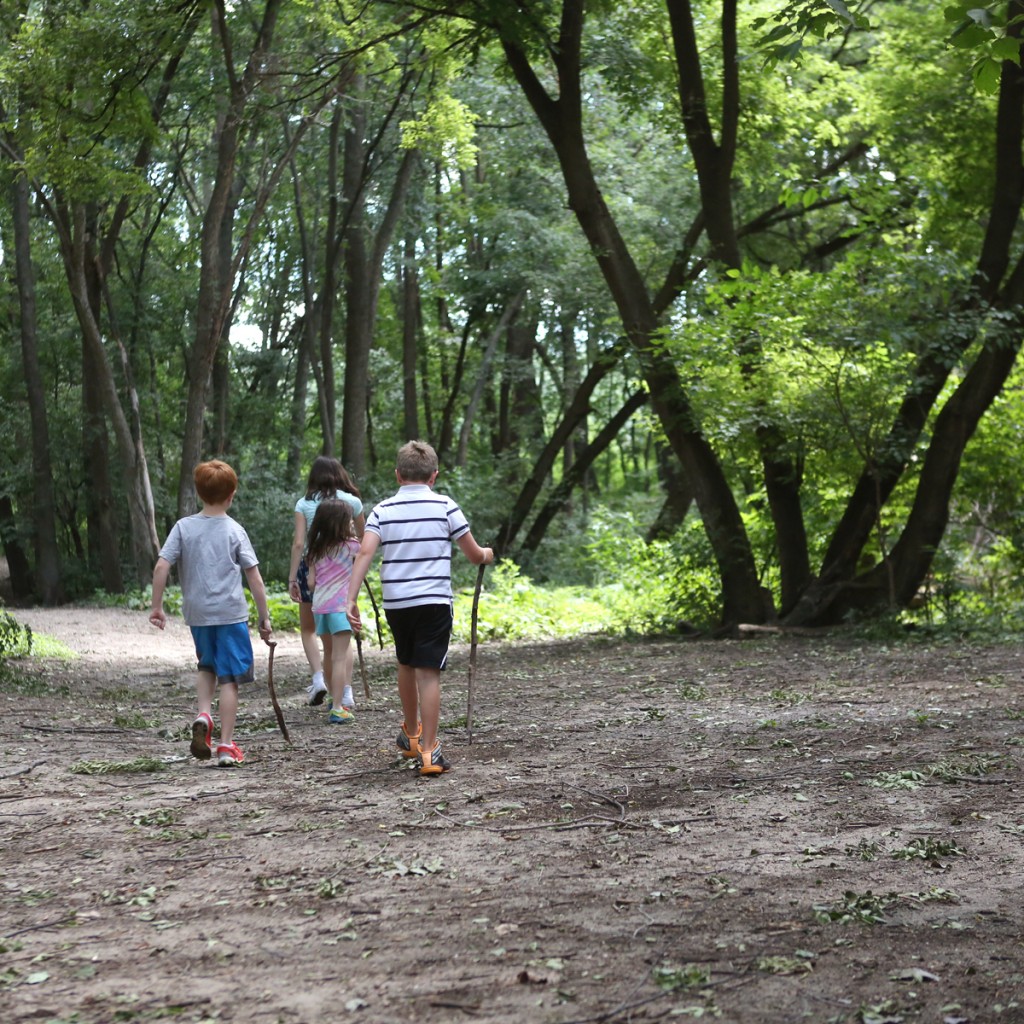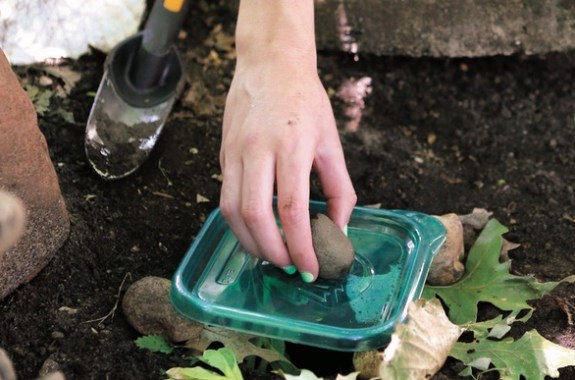Grade Level
All
minutes
15 min - 1 hr
subject
Life Science
Activity Type:
Insects, arachnids, and other arthropods play a crucial role in Earth’s ecosystems. Some are helpful to humans, such as pollinating honeybees, while others, such as Lyme disease-carrying ticks, are harmful. It’s useful to understand how insect populations shrink and grow so that we can support helpful arthropods and control harmful ones. Because arthropods serve as food for larger animals, the insect population in an area can have a noticeable effect on bird and bat populations.
Ecologists use pitfall traps to study ground-dwelling arthropod populations. With global temperatures rising, many arthropods are moving north, and people are seeing species they’ve never encountered before. In this experiment from Outdoor Science Lab for Kids, by Liz Heinecke, you can observe some of the insect populations in your own backyard. If you enjoy this lab, find a citizen science project that lets you help scientists monitor insect populations in your area.
Materials
Garden trowel
Collection container such as a cup, bucket, can, or plastic container
Plastic lid slightly larger than the container (optional)
Rocks to elevate the lid (optional)
White cloth
Magnifying glass
Safety Tips and Hints:
- Don’t set traps where people are likely to step in them.
- You’ll probably catch more insects in shady spots than sunny ones.
- Don’t pick up insects with bare hands unless you know they don’t bite or sting.
Protocol
STEP 1: Select a spot for your pitfall trap. Gardens and areas near trees and plants are good places to sample arthropod populations.

STEP 2: Use a trowel to dig a hole a little deeper than your collection container.

STEP 3: Place the collection container in the hole and fill dirt around it so that the top of the container is flush with the surrounding soil.

STEP 4: Camouflage the edges of the container with leaves, if you want.

STEP 5: For a protected trap, set rocks around the edges of the container and place a lid on top to make an elevated roof for your trap. This will protect whatever falls into the pit from drowning if it rains.

STEP 6: Check your trap daily to see what falls in. Gently shake what you catch onto a white cloth or towel.

STEP 7: Observe each arthropod with a magnifying glass. Record its approximate size and draw it in your science notebook. Set the arthropods free where you caught them.

STEP 8: Try to identify the arthropods you captured in your pitfall trap.
Creative Enrichment
Set pit traps in a wooded area, an area with tall grass, weeds, and wildflowers, and a manicured grass lawn to compare how the arthropods you catch differ.
Excerpted from Outdoor Science Lab for Kids, by Liz Heinecke. Copyright © 2015 by Liz Heinecke. Excerpted by permission of Quarry Books. All rights reserved. No part of this excerpt may be reproduced or reprinted without permission in writing from the publisher.
About the Book
Learn physics, chemistry and biology in your own backyard!
At-home science provides an environment for freedom, creativity and invention that is not always possible in a school setting. In your own backyard, it’s simple, inexpensive, and fun to whip up a number of amazing science experiments using the great outdoors. Science can be found all around in nature. Outdoor Science Lab for Kids offers 52 fun science activities for families to do together. The experiments can be used as individual projects, for parties, or as educational activities for groups. Outdoor Science Lab for Kids will tempt families to learn about physics, chemistry and biology in their backyards. Many of the experiments are safe enough for toddlers and exciting enough for older kids, so families can discover the joy of science together.
Meet the Writer
About Liz Heinecke
Liz Heinecke, a.k.a. The Kitchen Pantry Scientist, is on a mission to inspire kids and parents to get their hands into some science by making it fun, inexpensive, and easy. She’s written two books, Kitchen Science Lab for Kids and Outdoor Science Lab for Kids, and makes regular appearances on Minneapolis/St.Paul television stations.


